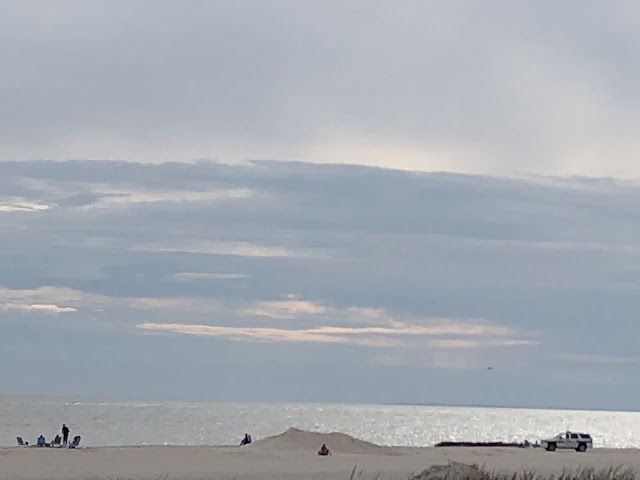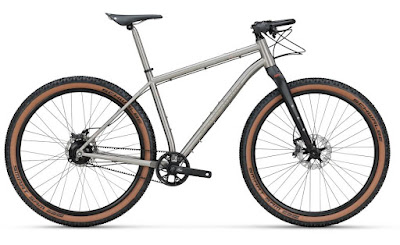Jalopnik is ostensibly about cars and “transportation.” Quite a few of its articles, however, seem to be anti-bike rants in the guise of “reporting” about cyclists’ actual and perceived transgressions against motorists.
Then there is Owen Bellwood’s article, published yesterday. The title—“0f Course People Don’t Want to Bike to Work”—is a clue to the tone, if not the content, of his article.
For a few paragraphs, Bellwood seems to be on the right track. He cites poor infrastructure—including bike parking (or lack thereof), showers or other facilities for cleaning and changing clothes at workplaces (again, or lack thereof) and bike lanes—as a major reason why people in New York and other American cities won’t bike to work. He also mentions drivers who use bike lanes for passing, parking or picking up or discharging passengers or packages.
Bellwood also correctly identifies the poor design and pure-and-simple muddled thinking behind too many bike lanes. As he wryly notes, “It’s not good enough to have a bike painted in the road to warn cars that a cyclist might come through.” And he echoes an observation I’ve made in previous posts: “[W]e can definitely do better than a few floppy plastic bollards separating a cyclist from a 4000 pound pickup truck.”
He sums up by saying that “space” is “all that cyclists are asking for.” We need “space on the road and space to park up,” he says. I agree with him on those points. But he also falls into a common misperception that I once shared: Educating drivers will help to improve cycling safety. I know that many unfortunate encounters between drivers and cyclists result from motorists’ lack of awareness of what safe cycling actually entails, which doesn’t always align with motorists’ perceptions. On the other hand, many more cyclists are maimed or killed by road rage or drivers who simply don’t care about anyone but themselves.
That latter category of drivers won’t be changed through “education.” Though not uniquely American, such drivers are more common in the US because of our car-centered and individualistic culture. Bellwood can be forgiven, I believe, for not understanding as much—and that such motorists won’t be “cured” through “education”- because he is an Englishman. But I also believe that at least his cultural background—and his familiarity with cycling culture in his home nation as well as countries like Denmark—gives him an awareness of how things could be better in my hometown and home country of New York and the USA.








































